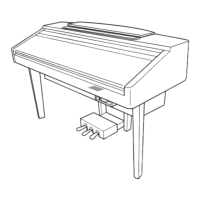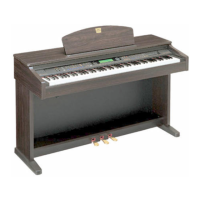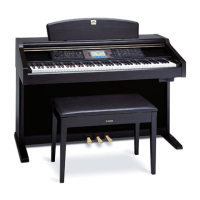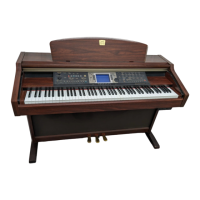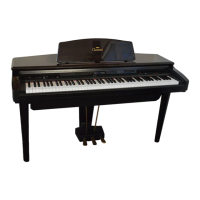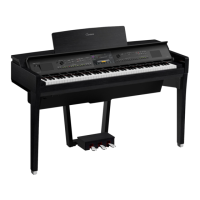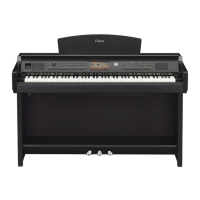Why is the sound distorted or noisy on my Yamaha Clavinova CVP-208?
- MMaria HayesSep 23, 2025
The sound may be distorted or noisy because the volume may be turned up too high. Make sure all relevant volume settings are appropriate. This may also be caused by the effects. Try canceling all unnecessary effects, especially distortion-type effects. Some filter resonance settings in the Custom Voice Creator display can also result in distorted sound; adjust these settings if necessary. Also check if the gain of the Low band is set too high in the Master Equalizer display (Mixing Console).
